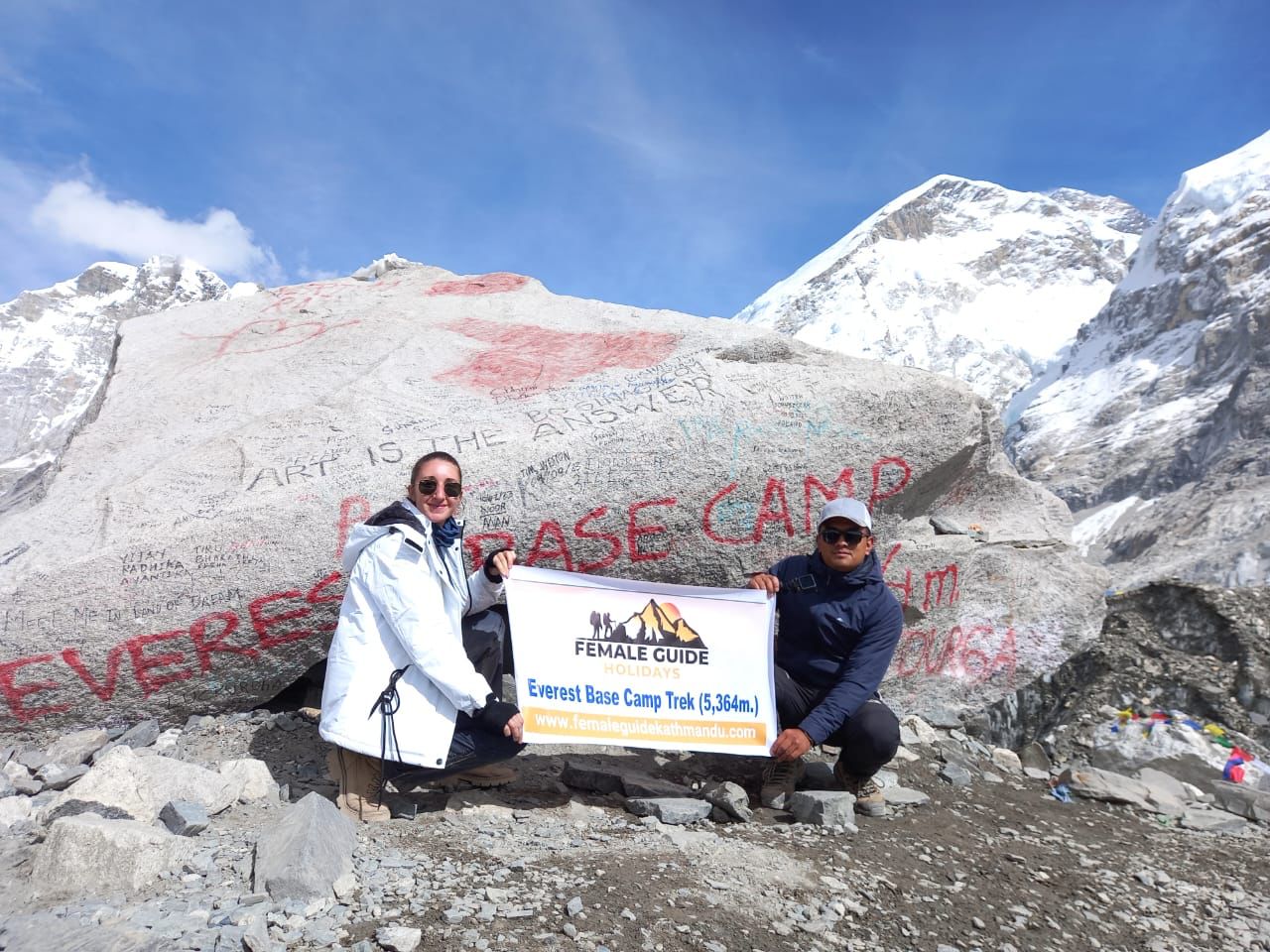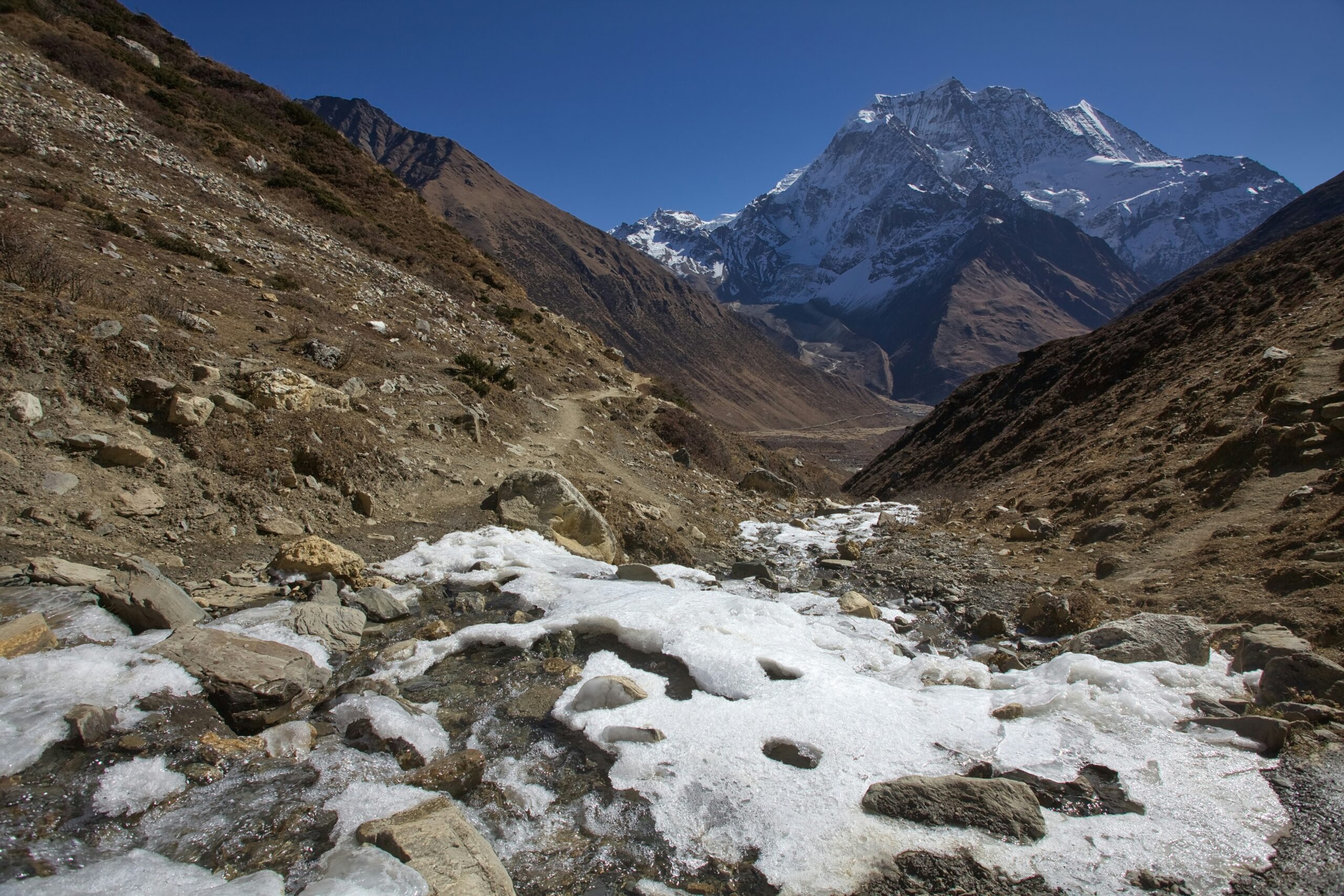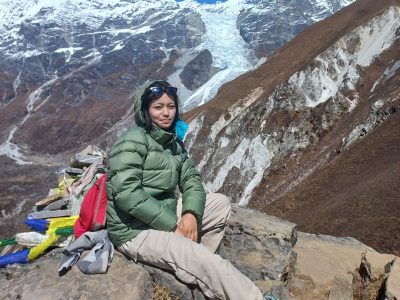What Not to Bring While Trekking in Nepal: Trekking in Nepal’s breathtaking landscapes is an adventure like no other. With towering peaks, diverse ecosystems, and rich cultural experiences, it’s a journey you’ll remember for a lifetime. At Female Guide Holiday, we believe that proper preparation is key to a successful trek. While it’s important to pack smartly, it’s equally crucial to know what not to bring. This guide will help you avoid common pitfalls and ensure you carry only what you need for a safe and enjoyable trek in Nepal.
1. Avoid Overpacking: Keep It Light
Heavy or Bulky Items: One of the biggest mistakes trekkers make is overpacking. Large, heavy items like thick books, excessive clothing, or unnecessary gadgets can weigh you down and make your trek uncomfortable. Stick to lightweight and compact items to keep your load manageable.
Expensive Jewelry: Leave valuable jewelry at home. Trekking in Nepal involves rugged terrain, and wearing expensive items can be a security risk and is generally impractical. Opt for minimal, inexpensive accessories instead.
2. Leave Behind Non-Essential Electronics
High-End Electronics: While a camera is essential for capturing memories, high-end electronics like laptops or tablets are best left behind. These devices are not only bulky but also prone to damage from dust, moisture, and rough handling. Instead, bring a compact, durable camera if you want to document your journey.
Hair Dryers and Straighteners: The rugged conditions and lack of electricity in many trekking regions make hair dryers and straighteners impractical. Focus on essentials and embrace the natural look.
3. Don’t Bring Non-Durable or Poor-Quality Gear
Inappropriate Footwear: Avoid bringing sneakers or regular shoes that are not suitable for trekking. Invest in high-quality trekking boots with proper support and grip. Your footwear is crucial for handling the challenging terrain and keeping your feet comfortable.
Cheap or Low-Quality Gear: Opt for durable, high-quality gear to withstand the demands of high-altitude trekking. Cheap or poorly made items might fail under harsh conditions, leading to discomfort or even safety risks.
4. Avoid Heavy and Non-Essential Food Items
Perishable Foods: Bringing perishable food items can be a bad idea due to the lack of refrigeration and the potential for spoilage. Stick to non-perishable snacks like nuts, dried fruits, and energy bars.
Excessive Snacks: While it’s important to have some snacks for energy, carrying an excessive amount can add unnecessary weight to your pack. Plan your food intake carefully and balance it with your trek itinerary.
5. Don’t Pack Unnecessary Toiletries
Large Bottles of Toiletries: Instead of bringing large bottles of shampoo, conditioner, and other toiletries, transfer them into smaller, travel-sized containers. This saves space and reduces weight in your pack.
Non-Biodegradable Products: In remote trekking areas, proper waste disposal can be challenging. Avoid bringing non-biodegradable products like single-use plastic items or toiletries with excessive packaging.
6. Leave Behind Items Prohibited by Local Regulations
Restricted Items: Familiarize yourself with local regulations before you trek. Items like certain types of drones, large knives, or other restricted equipment might be prohibited in specific trekking areas. Ensure that you adhere to local laws and guidelines.
Cultural Sensitivities: Be mindful of cultural norms and avoid bringing items that might be deemed disrespectful or inappropriate. It’s essential to respect local traditions and practices.
7. Avoid Bringing Excessive Cash
Large Amounts of Cash: Carry only the cash you need for your trek. Excessive cash can be cumbersome and risky. Instead, use local ATMs or exchange currency as needed. Ensure you have some local currency for minor expenses and emergencies.
8. Don’t Bring Excessive Personal Items
Multiple Changes of Clothes: Limit the number of clothing changes you bring. Focus on functional and quick-drying layers instead of a variety of outfits. This will keep your pack lighter and more manageable.
Extra Luxuries: While comfort is important, extra luxuries like extra pillows, fancy sleeping bags, or unnecessary gadgets can be more of a burden than a benefit. Stick to practical, essential items that will enhance your trekking experience.
Conclusion of What Not to Bring While Trekking in Nepal
Proper packing is crucial for a successful trekking adventure in Nepal. At Female Guide Holiday, we emphasize the importance of packing only what you truly need and avoiding unnecessary items. By leaving behind non-essential gear and focusing on quality and practicality, you can ensure a more enjoyable and comfortable trekking experience.
For expert advice on what to bring and what to leave behind, or for any other trekking-related queries, don’t hesitate to reach out to Female Guide Holiday. We’re here to help you prepare for an unforgettable adventure in the stunning landscapes of Nepal.
Ready to plan your trek in Nepal? Contact Female Guide Holiday today for personalized advice and support on all aspects of your trekking journey!
Important Note:
Your safety is of paramount importance to us at the Female Guide Holiday. We have the absolute authority to cancel the trip or change the itinerary, when deemed necessary or when we have reason to believe your safety is at stake. Weather conditions, the health condition of a group member, natural disasters, and such, can contribute to changes in the itinerary when traveling in remote mountainous regions. In these extreme situations, we kindly request that you offer your full cooperation to the trusted leader of the group appointed by the Female Guide Holiday. However, we assure you that we will make every effort to keep to the above itinerary.




